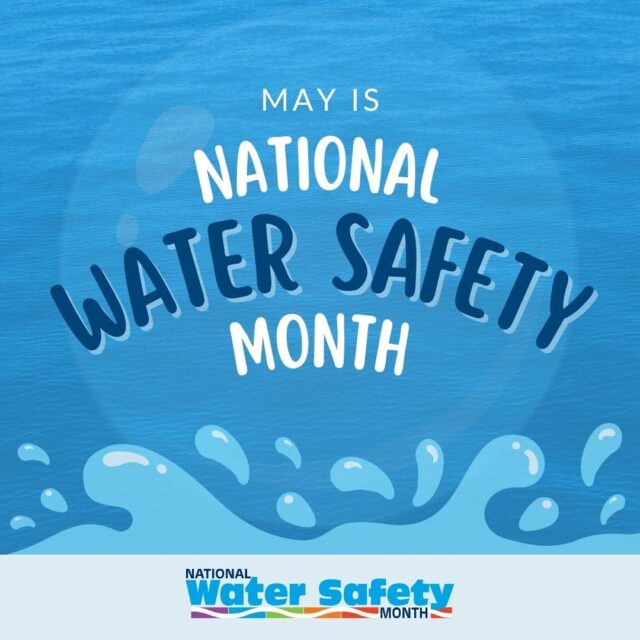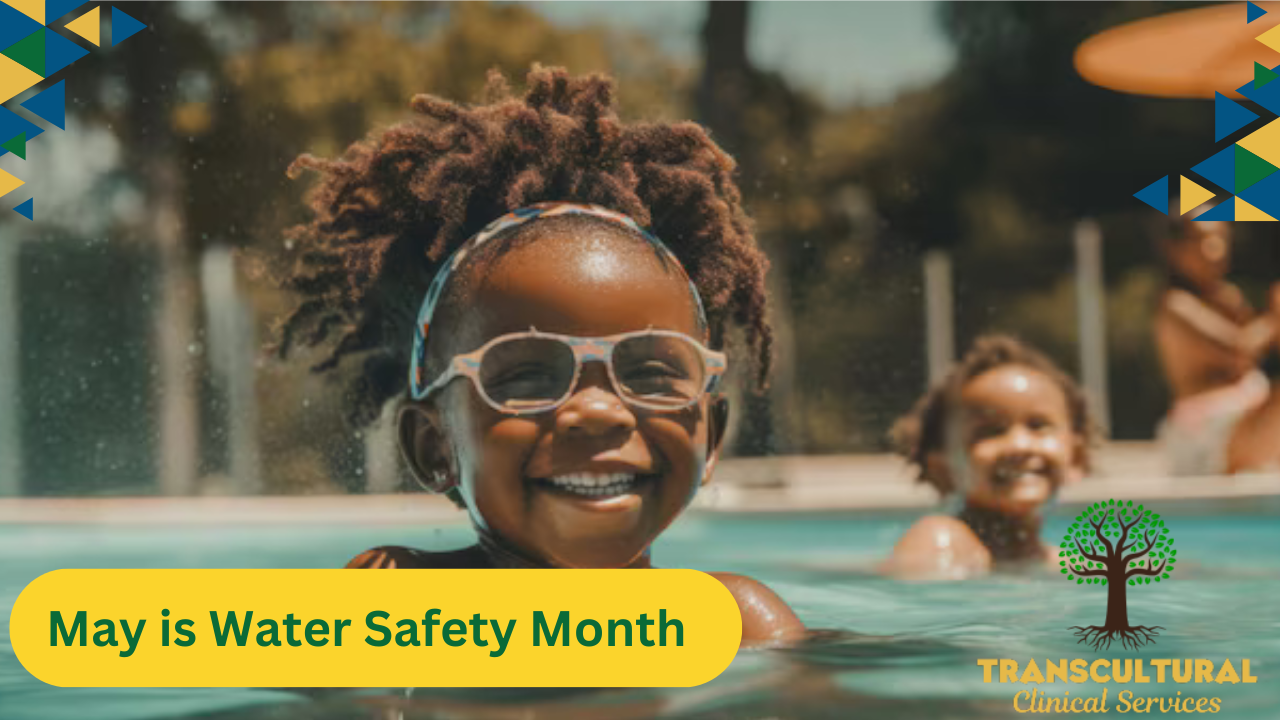What does it mean to Enjoy the Water Armed with the Knowledge of How to Keep yourself safe?
On April 12th, I was at the Y pool to assist swim instructors as they taught water safety. I stood riveted when a group of six three- to five-year-old children trouped into the pool area with their parents. Sponsored by the Jack and Jill of America Montgomery County, Maryland Chapter and coordinated by Phaedra High of the Silver Spring Y, the Safety Around Water Event aimed to equip children with the knowledge needed to have an enjoyable and safe experience in the water and to commemorate the upcoming National Safety Month. The four-hour event featured interactive workshops on water safety, how to respond to water emergencies, and basic CPR instructions.
Clad in swim attire and sporting goggles, the students eagerly lined themselves along the edge of the shallow end of the pool wall. I have been swimming for many years and have assisted in adult swim classes, however, as someone who was previously terrified of the water after a near drowning experience at the beach at age ten, I briefly worried about such young children being so close to four feet of water and what disaster could befall them given their lack of life jackets and arm floaties.

However, when I looked to the experienced swim instructors, they seemed calm as they provided instructions. The boys and girls kicked their legs in excitement as they awaited their turn to practice the first of many water skills: turning around on their stomach and with our assistance crawling feet first into the pool, grabbing onto the pool noodles, kicking, dipping their faces into the water, blowing bubbles, and turning over onto their back.
As the children connected with the water, I had a powerful healing experience observing the delight and excitement registered on their faces. I marveled at how much they learned that afternoon, but mostly I connected with their unbridled delight, like what I once experienced at Hillshire Beach outside of Kingston, Jamaica, before I almost drowned, when my uncle repeatedly launched my brothers and me on an innertube and how we squealed and begged him to do it again and again.
Rewrite your relationship with the water or develop a healthy relationship with the water by learning to swim:
Learning to swim.
Engages our body in healing.
-Invites us to move differently, breathe deeply, and gradually trust both our bodies in the water.
-Helps our body’s memory and expands our ability to shift from panic to rhythm, from freeze to flow;
Can builds a sense of mastery. Each small win—floating for a few seconds, exhaling underwater, swimming across a pool—can rebuild self-trust. These wins show us that we are capable, and that confidence often ripples into other areas of our lives; and
Learning to swim can offer more than a skill; It can offer a narrative of resurfacing, of moving through fear, of choosing to stay present.
Happy National Water Safety Month!

If you need support around water trauma and anxiety and depression in general, please reach out to transculturalclincialservices.com for further information.




